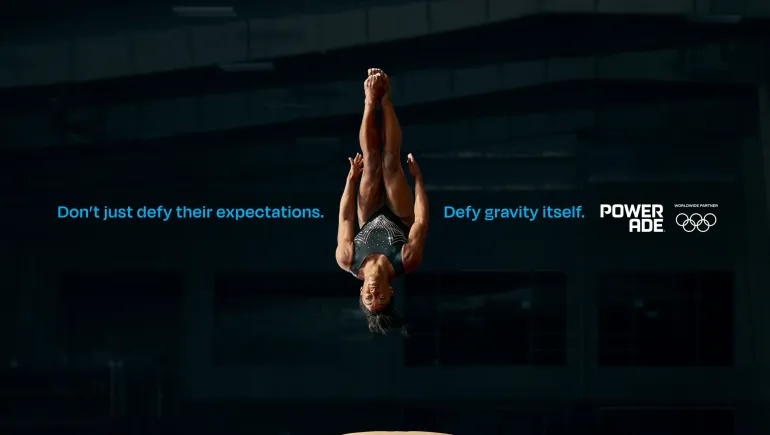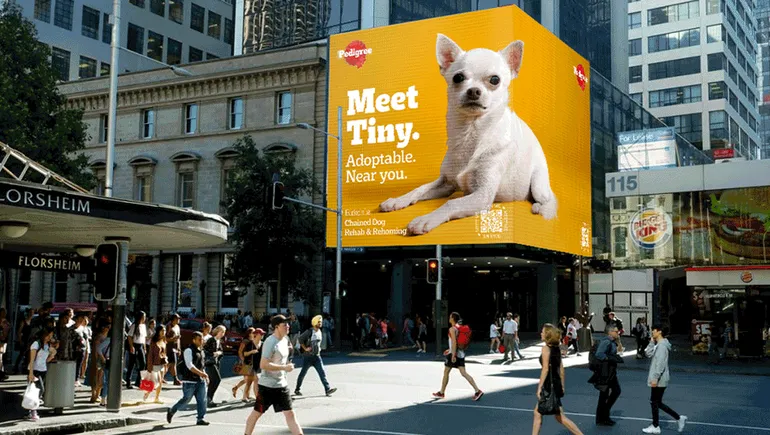
Bud Light throws spotlight on hard seltzer as ‘Dilly Dilly’ era ends
Dive Brief:
- Bud Light is launching the first full-fledged advertising campaign for Bud Light Seltzer, the new hard seltzer offering hitting shelves on Jan. 13, according to news shared with Marketing Dive. The rollout is timed to the NFL divisional playoffs, where a series of new ads developed with agency Wieden+Kennedy New York will air.
- The spots, described in a press release as expressing Bud Light’s “fun, light personality,” are set in a fictional version of Seltzer, Pennsylvania — a town in real life — where colorful local characters like a mayor and sheriff promote the product. Some spots also call out a functional, interactive call center hotline, 1-833-BL-SELTZ, where the brand will answer questions on how Bud Light Seltzer is made, where it comes from and more.
- The news marks the end of the “Dilly Dilly” creative platform Bud Light introduced in 2017, with its medieval theme and appearances at the last two Super Bowls, Ad Age reported. Bud Light Seltzer will share a 60-second Super Bowl ad with Bud Light next month, the company told Marketing Dive.
Dive Insight:
It’s the end of an advertising era for Bud Light as the brewer shifts gears from the “Dilly Dilly” universe and into the red-hot seltzer space, all while attempting to preserve the humorous tone that made its medieval-themed platform and signature absurdist catchphrase so popular with consumers.
A key objective of the new ads, per Ad Age, is to not only draw Bud Light fans toward Bud Light Seltzer, but also win over non-Bud Light drinkers. At the end of the “Mayor” spot, for example, the mayor shares the tagline: “If you love Bud Light, you’ll love Bud Light Seltzer. If you don’t love Bud Light, you’ll love Bud Light Seltzer.”
https://www.youtube.com/watch?v=m2PCmNIRRyU
Bud Light and parent company AB InBev have pushed harder into the seltzer space to better compete with rivals like White Claw, which have become a leading alternative to beer among desirable consumer groups like millennials.
To generate some initial word of mouth, Bud Light late last year sent early shipments of its new hard seltzer to the actual Seltzer, Pennsylvania. Natural Light, a sister brand, recently debuted a hard seltzer offering as well, and ran several flashy stunts promoting it last year. AB InBev was actually fairly early to the game when it acquired Bon&Viv in 2016, but the line does not lead the category in terms of sales despite some pricey marketing behind it, including a Super Bowl spot.
With these efforts, AB InBev is attempting to leverage its considerable media spending power and scale to achieve a popularity that rival White Claw reached relatively organically and converted into a consumer craze. White Claw, the category leader, actually cut back its media spendingn 30% during the first seven months of 2019 amid product shortages, per a Kantar analysis. But viral memes and word of mouth continued to keep the Mark Anthony Brands-owned label at the top of the conversation.
While marketers in fast-moving categories like beer often switch up advertising campaigns and even creative partners, Bud Light’s latest effort — and the explicit bid to win over people who aren’t necessarily fans of the brand — doubles as a recognition of how far consumer tastes have shifted away from big beer. In that regard, “Dilly Dilly” proves to be an interesting case study around the power of advertising in strengthening the bottom line.
By most PR measures, “Dilly Dilly” was an immediate success, seeing widespread adoption in memes, on social media and even in mentions during live TV events from sports personalities. However, consumer recognition of the campaign did not spur a turnaround for Bud Light’s sales, which have continued to slide along with the broader big beer category in recent years, increasing pressure on AB InBev to innovate.
Given how crowded the seltzer space has become, Bud Light might still need another “Dilly Dilly”-level hit to establish early interest in the new line of beverages. AB InBev recently announced a planned $100 million in hard seltzer, according to CNBC, signaling that the category will continue to be central to its strategy in the months ahead.





